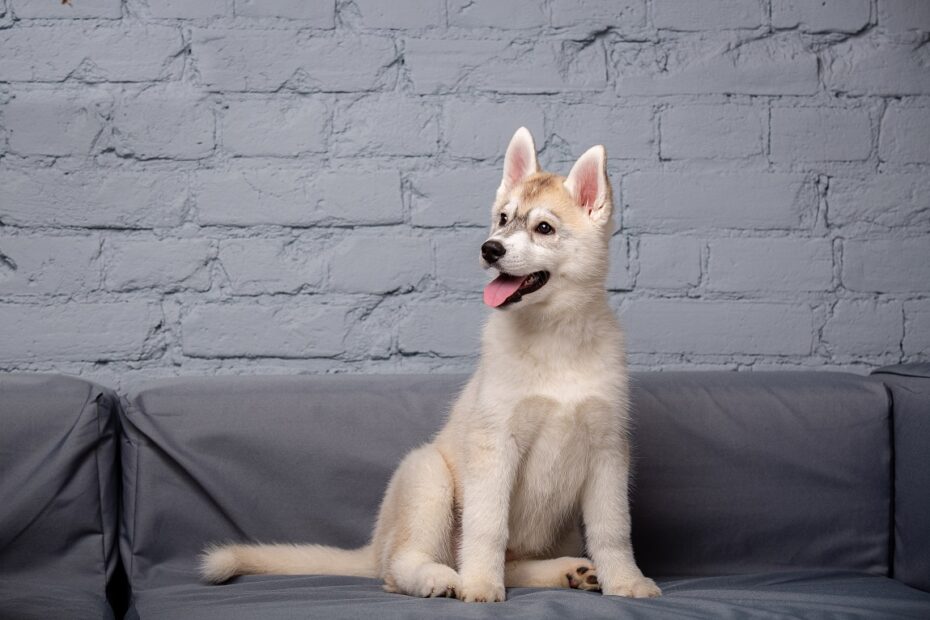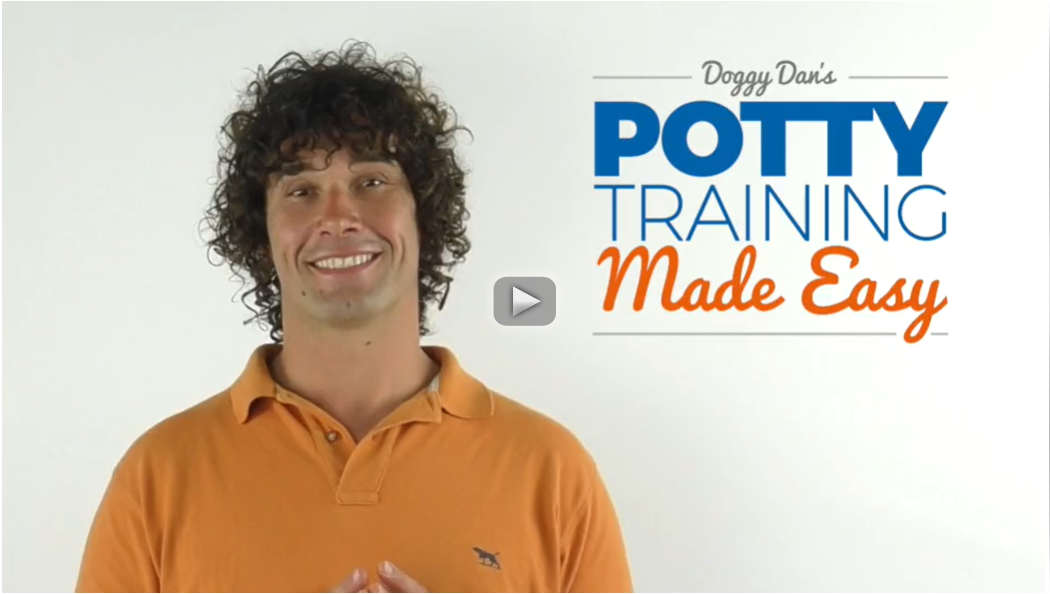Figuring out how to stop a dog peeing in the house is one of the less fun aspects of being a pet owner. For the sake of your carpet, if nothing else, it’s also one of the most vital.
Whether you’re dealing with a puppy, an adult, or a senior, potty training is a serious business that requires time, energy, and commitment.
Is it worth it?
Unless you plan on going into business making doggy diapers, absolutely.
No one wants to see their dog cock their leg against the kitchen table. No one wants to spend half their life mopping a soggy carpet either.
Potty training might require hard work and discipline. But it’s better than spending the next decade wringing your hands over every fresh urine stain.
Before you jump in with all guns blazing, do your homework. If you’re prepped, potty training can be a relatively simple, trouble-free process. If you’re not, it can leave you with more grey hairs and frown lines than you’ll know what to do with.
So before you do anything else, take some time out to get your head around the basics. If you’re not sure what those are, take a look at the Potty Training Made Easy course by Dan Abdelnoor. (see video below)
The course takes you through the complete potty training experience from start to finish. While offering plenty of tips and techniques for maximizing results and minimizing stress.
If you want to set yourself and your dog on the road to success, watch it, learn it, and implement it – it really will make a huge difference.
Why Does My Dog Pee in the House?
We all know that a dog peeing in the house is frustrating, but why exactly do they do it?
Ultimately, all dogs are different. They progress at different rates, have different aptitudes for training, and come with very different histories and experiences.
All that being said, indoor peeing can usually be explained by one of a handful of different reasons.
These include…
Health Problems
It’s rare for a puppy or young dog to experience a health problem that results in indoor peeing. However, it’s still a possibility that needs to be ruled out before anything else.
If your dog is older and has only recently started peeing in the house, take it as a warning sign. It could be that they’re suffering from a urinary tract infection. A condition that typically presents itself with symptoms such as:
- Bloody urine
- Excessive licking of the genital area
- Increased need to urinate
- A ‘stop and start’ flow of urine
As with all things pet related, play it safe by booking a check-up with your vet.
Bladder Control
If you’re dealing with a very young puppy, all that indoor peeing could simply be down to their age.
Although it varies to some extent by breed, size, and individual temperament, most dogs don’t develop bladder control until they’re around 4 to 6 months old.
Even if you’ve trained them to pee outside, you can still expect the occasional indoor mishap until full bladder control kicks in.
Conversely, older dogs might experience the same problem. As dogs get older, what once came naturally can become increasingly difficult.
Urinary incontinence can affect any breed, but it’s partially common in middle-aged and senior female dogs of medium to large breed size.
Lack of Housetraining
Dogs aren’t born with an instinctive understanding of where it is and where it isn’t acceptable to pee.
Until someone teaches them otherwise, they really have no idea that the yard is a better bathroom than the living room.
If you’ve raised your dog since they were a puppy, you’ll already have a good understanding of what training they’ve received.
However, if you’ve taken on a shelter dog, you’re in the dark. Don’t assume they’ve been trained simply because they’re older.
The training might have been done badly, it might not have been completed, or it might never have started at all. Fortunately, it’s never too late for an old dog to learn some new tricks.
Submissive Urination
Some dogs are nervier than others. Even the tiniest, seemingly most insignificant thing can set them on edge.
Other dogs may seem confident and robust, but even they might have their triggers.
If a dog gets scared, they can spontaneously lose control of their bladders.
Submissive urination (as it’s called) isn’t down to a lack of housetraining: it’s simply an involuntary reaction to a fearful situation outside of the dog’s control.
Distractions
Puppies and young dogs can get easily distracted… so distracted, they completely forget that a trip to the yard means potty time.
They might pee just enough to take the pressure off their bladders, but then it’s on to the next thing.
Ten minutes later, they’re back in the house with a full bladder and a desperate need to pee. Hence their sudden desire to relieve themselves on your kitchen floor.
Over Excitement
Puppies, in particular, are prone to overexcitement. Even older dogs can let their emotions run away from them on occasion.
If a dog gets overexcited, it’s often enough to open the floodgates.
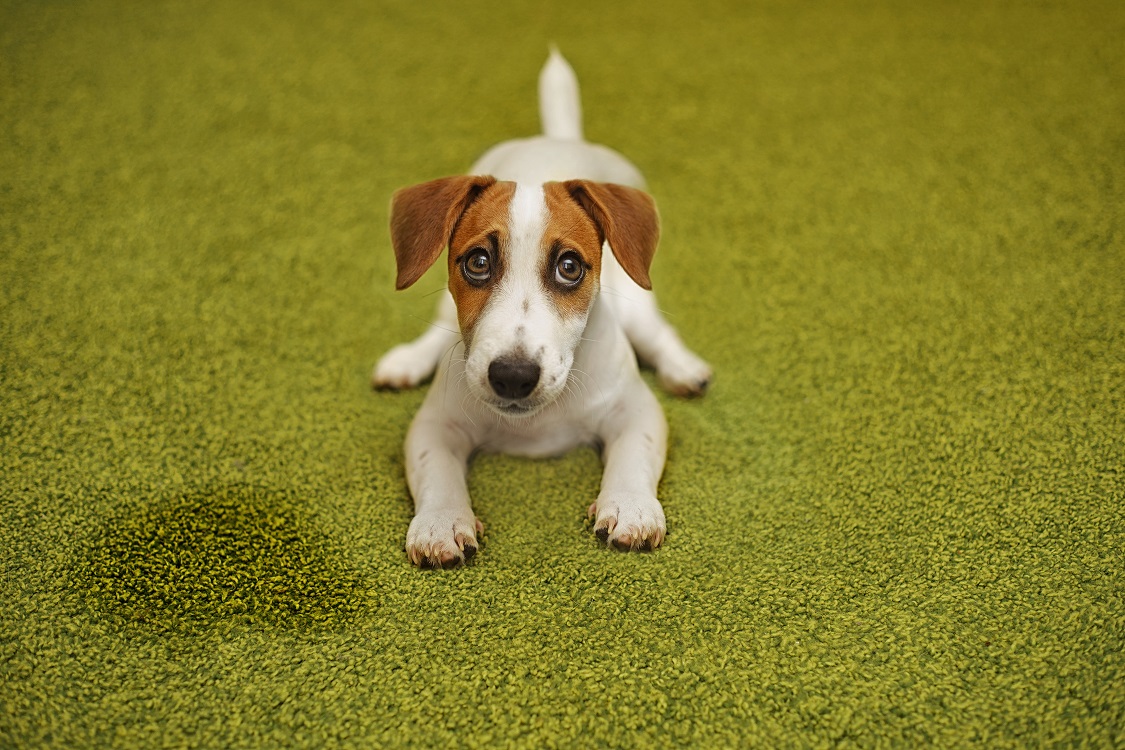
How to Stop A Dog Peeing in the House?
If you want to put an end to your dog’s little accidents, there’s one thing you need to do above all else: learn to spot the warning signs.
Once you recognize when your dog needs to pee, you’ll be better primed to jump in and get them into the yard asap.
Fortunately, it doesn’t take a degree to learn the signs.
1. Check Your Watch
A dog’s bathroom needs are pretty predictable.
An adult dog will usually need to go 3 to 5 times a day, depending on things like age, size, and breed.
If it’s been a few hours since they last took a trip to the yard, it’s time for another visit.
2. Watch For Sniffing
Dog’s noses are sensitive. They’re also incredibly useful.
If they want to figure out the best place to do their business, they use their noses to sniff it out.
So if you spot your dog sniffing around the floor with more than just a casual interest, it’s time to get them to the yard.
3. Spy out Secret Spots
If your dog’s been housetrained, they’ll know that peeing indoors isn’t the way to your heart. But equally, there’s only so long they can hold it before they need to go.
If your dog suddenly leaves the room in a less than casual manner, they might be trying to find a hiding place to secretly do their business in.
4. Keep an Eye on Restlessness
If your dog is acting restlessly for no reason that you can see, it could be that they need to go. Keep an eye out for circling, pacing, whimpering, or fidgeting.
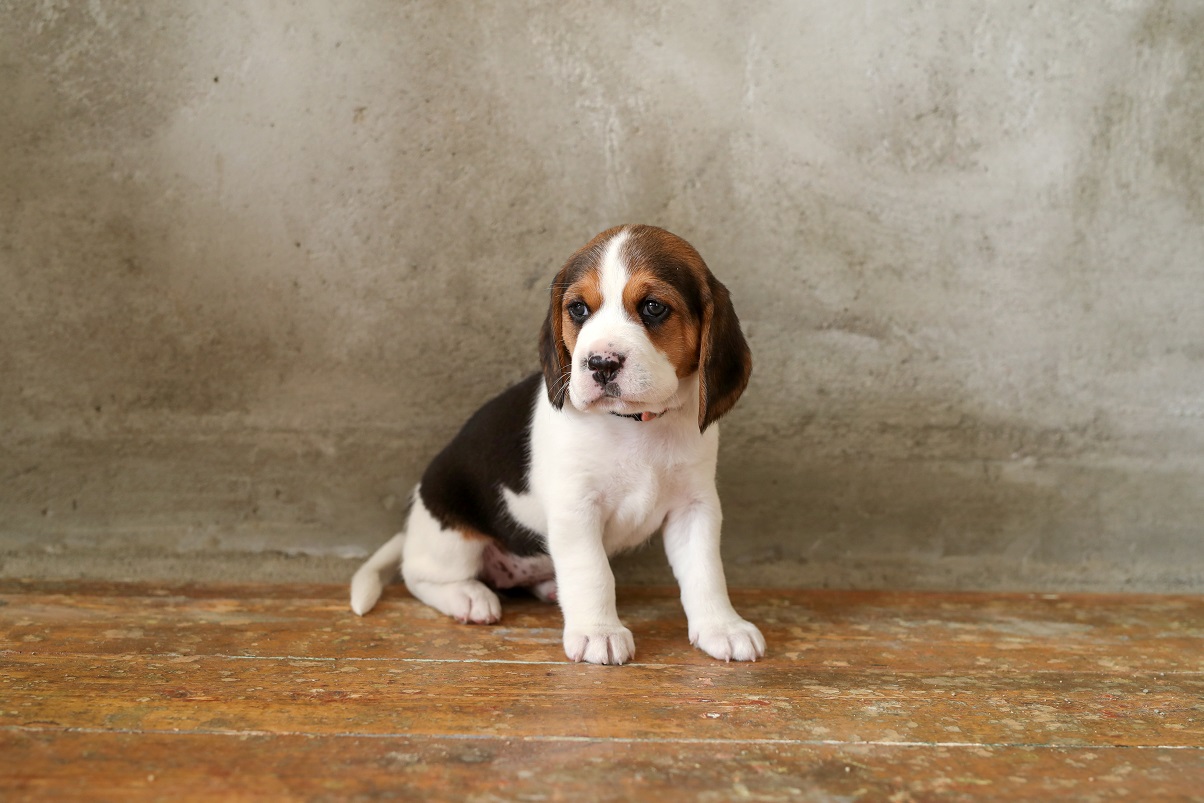
Top Tips To Stop Your Dog Peeing In The House
Once you know the warning signs of your dog needing to pee, you’re in a good position to stop any little accidents before they happen.
But your work doesn’t end there. To stop your dog peeing indoors once and for all, you’re going to need to…
Learn the Basics
Before you get down to any serious training, get up to speed on the basics.
Maybe you’re dealing with a puppy who hasn’t started potty training. Perhaps you’re dealing with an older dog who’s in need of a refresher.
Either way, you’re going to need to understand what makes a good potty training routine.
Enter Dan Abdelnoor’s Potty Training Made Easy course, a complete guide to the potty training experience. During the course, Dan takes you through what to do, what not to do, and how to make the training go as smoothly and successfully as possible.
Even if you’ve potty trained a dog in the past, it’s still worth checking out for the tips and tricks.
Take a Trip to the Vet
If your dog has suddenly started peeing inside after a lifetime of peeing outside. It could be a sign that something’s wrong.
Urinary tract infections, diabetes, and certain other health conditions can all result in problematic peeing behavior.
So if you’re at all concerned, get them checked out by a vet before proceeding any further.
If a problem is identified, your vet will discuss treatment options with you.
Once treatment has finished, your dog might need a refresher potty training course to break them away from any bad habits they’ve gotten into.
Dial Down the Excitement
Excitement urination can affect even housetrained dogs.
Avoid over-stimulating your dog by keeping entrances (which tend to generate the most excitement) as low key as possible.
Hard though it is, try to ignore your dog when you come home. Wait until they’ve settled down before greeting them. Ask any visitors to do the same.
Over time, your dog will stop seeing your comings and goings as an invitation to dial up the excitement.
Consider Crate Training
Some people think crates are miniature prisons for dogs. They’re not.
Provided they’re used in the proper way, crates can be a sanctuary for your dog, offering a calm, quiet place to retreat to. Just as importantly, they can be an invaluable aid to potty training.
Dogs hate peeing or pooping anywhere near where they eat, sleep, or drink. By getting your dog to sleep and spend time in their crate, you’ll encourage them to exercise good bathroom habits.
Just be aware that while dogs hate soiling their sleeping quarters, they will if they have to. Don’t keep them in the crate for longer than their bladders can tolerate.
If they end up having to use the crate as a bathroom out of necessity, you’ll undo a lot of your good work.
Related Post: How Long Does It Take To Crate Train A Puppy
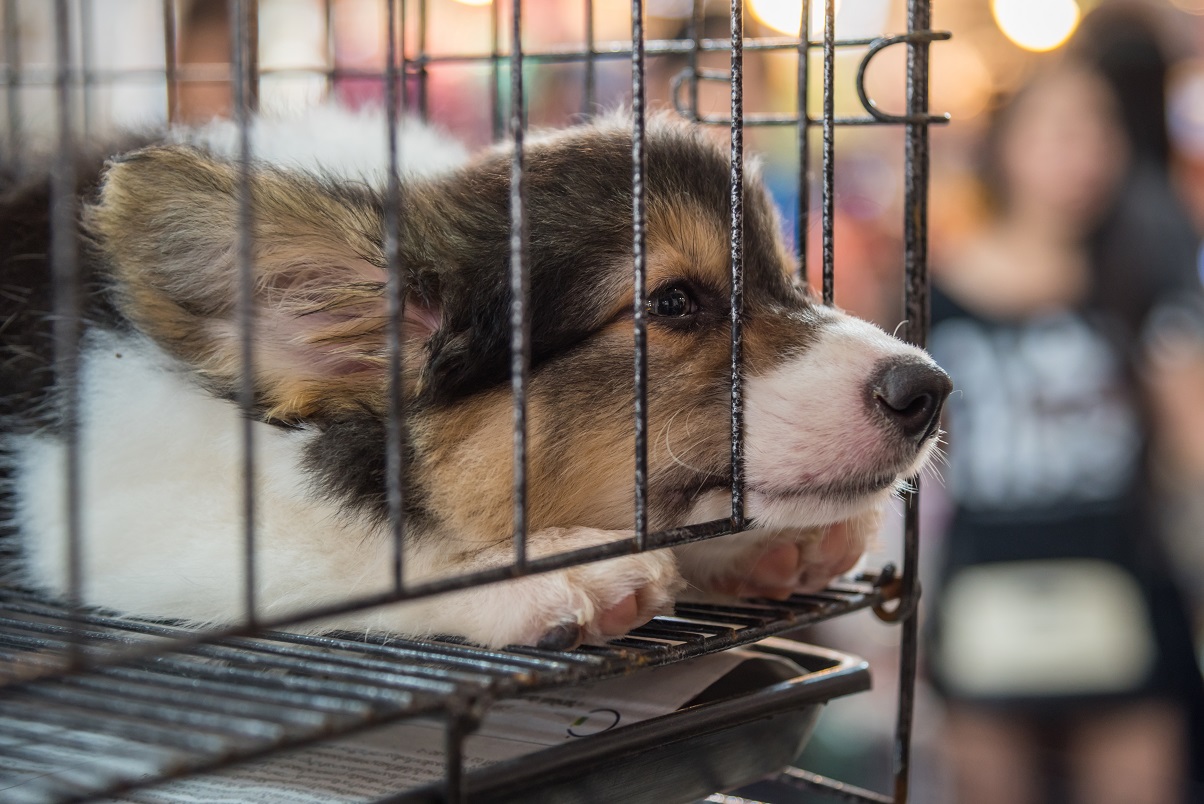
Restrict Their Run of The House
You might teach your dog that peeing in the living room is a no-no, but don’t expect them to apply what they’ve learned to the rest of the house.
Ultimately, dogs don’t think in the same way as we do. They can’t contextualize ideas. If you want to housetrain effectively, you need to think like a dog.
As you teach them not to pee in one or two rooms, keep the rest of the house off-limits. Once they’ve stopped having any accidents in those rooms, open up a few more and move your training to those.
Over time, you can open up the rest of the house.
Create a Routine
Dogs typically need to pee at set times of the day. Once you understand their needs, you can develop a schedule around them.
As a rule of thumb, your dog will need to go:
- First thing in the morning
- After playing
- After spending time in their crate
- After a nap
- After eating
- After drinking
- Last thing at night
By taking them outside at these times, you’re going to win more battles than you lose.
Reward and Praise
Dogs respond to positive reinforcement. Steer clear of any training technique that involves punishment… it won’t work, and it’s likely to make the problem even worse.
If you find your dog getting down to business inside, don’t shout or yell.
Simply encourage them outside, wait for them to finish up, and then lavish them with praise and treats.
Once they learn that going to the bathroom outside pleases you (not to mention gets them a tasty reward), they’ll be more inclined to make a habit of it.
Closing Thoughts
A dog peeing inside the house is frustrating, to say the least. But remember, your dog isn’t doing this to spite you.
They might be doing it because they don’t know any better. Maybe it’s because their emotions occasionally get the better of them. It could even be because they’re not allowed out often enough.
Committing to housetraining is exactly that – a commitment. It’s going to involve work, effort, and patience.
You won’t wake up tomorrow and find your dog’s peeing problem has disappeared overnight. But stick with it. Soon enough, you’ll be reaping the rewards of your hard work.
